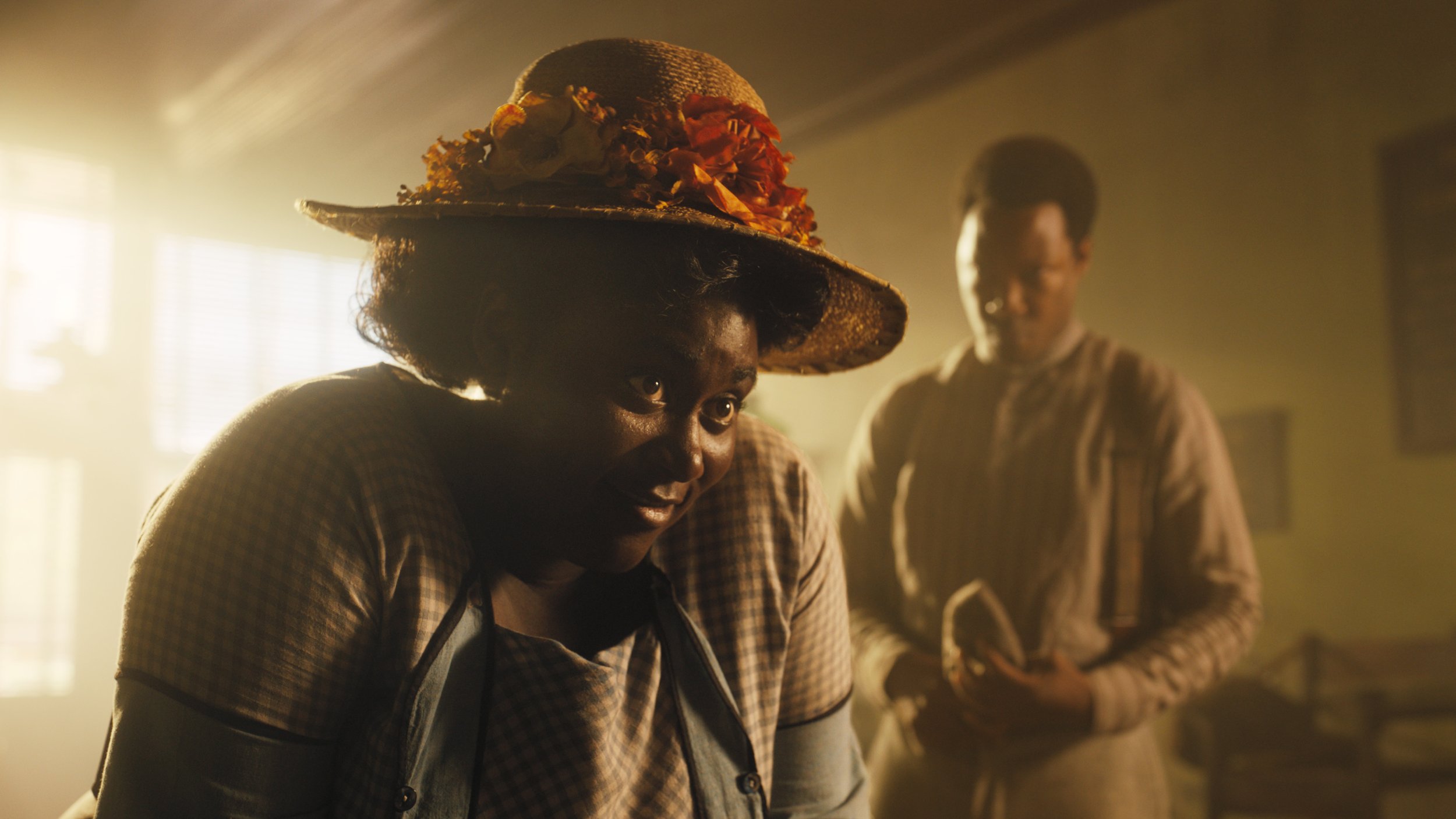The Color Purple: Good, but Not Better Than the Book
By Liz Braun
Rating: B
There’s no substitute for Alice Walker’s novel, but the new film version of The Color Purple is distinguished by a handful of powerhouse performances.
Walker’s rags-to-emotional-riches story is centred on a woman named Celie, who tells her tale of hard-won redemption through the letters she writes to God.
The novel is set in the early 20th century in Georgia and follows Celie from adolescence to middle age. It’s a brutally honest depiction of African American women’s lives a century ago and does not shy away from incidents of discrimination, trauma, and brutal violence.
How an oft-banned book translates into a musical is a bit of a stretch, but The Color Purple movie being released into theatres Christmas Day is based on the Tony-award winning Broadway production of about 20 years ago, with hints of the 1985 Steven Spielberg movie version folded in there for good measure.
The new film, directed by Blitz Bazawule, begins with an energetic Sunday number about the lord working in mysterious ways, with everyone in their best church dresses.
Here is Celie at 14 (Phylicia Pearl Mpasi) and her beloved sister Nettie (Halle Bailey) in the centre of the singing and dancing, but not long after the pregnant Celie gives birth to a baby who is apparently the result of rape (and incest.) She is forced to hand over the baby to her father (Deon Cole), and it’s the second time this has happened.
Celie has no idea what has become of her babies.
Time passes. Celie is forced into marriage to the cruel Mister (Colman Domingo), cooking and cleaning and raising his children. In a somewhat clunky visual transition, Fantasia Barrino — who played this part on Broadway — now takes over the role of Celie. (Read our interview with Fantasia Barrino).
Mister beats Celie, ensures that she and Nettie are separated, and makes it clear that the beautiful blues singer Shug Avery is the woman he really loves. Celie is trapped for years in this loveless and violent relationship, yearning for her lost babies, and wondering if her sister is alive or dead.
More time passes, bringing Celie’s daughter-in-law Sofia (Danielle Brooks) and the legendary Shug Avery (Taraji P. Henson) into the story. From these women, Celie slowly learns physical, sexual, and emotional freedom.
The Color Purple relies heavily on this trio of actors — Barrino, Brooks, and Henson — and luckily, they’re up to the task. After more heartache, more singing and dancing and a hefty portion of liberation, things move rapidly to a not-entirely-logical happy ending of reunion and redemption.
The Color Purple is an intense and complicated story about race, gender and history and wrestling that tale into a two-hours-plus musical is a daunting task. This version, while plot-heavy and occasionally confusing, has its own epic sweep. It’s moving, but given current events, the final celebratory spirit rings false.
The Color Purple. Directed by Blitz Bazawule, screenplay by Marcus Gardley. Starring Fantasia Barrino, Danielle Brooks, Taraji P. Henson, Colman Domingo, and David Alan Grier. In theatres December 25.



